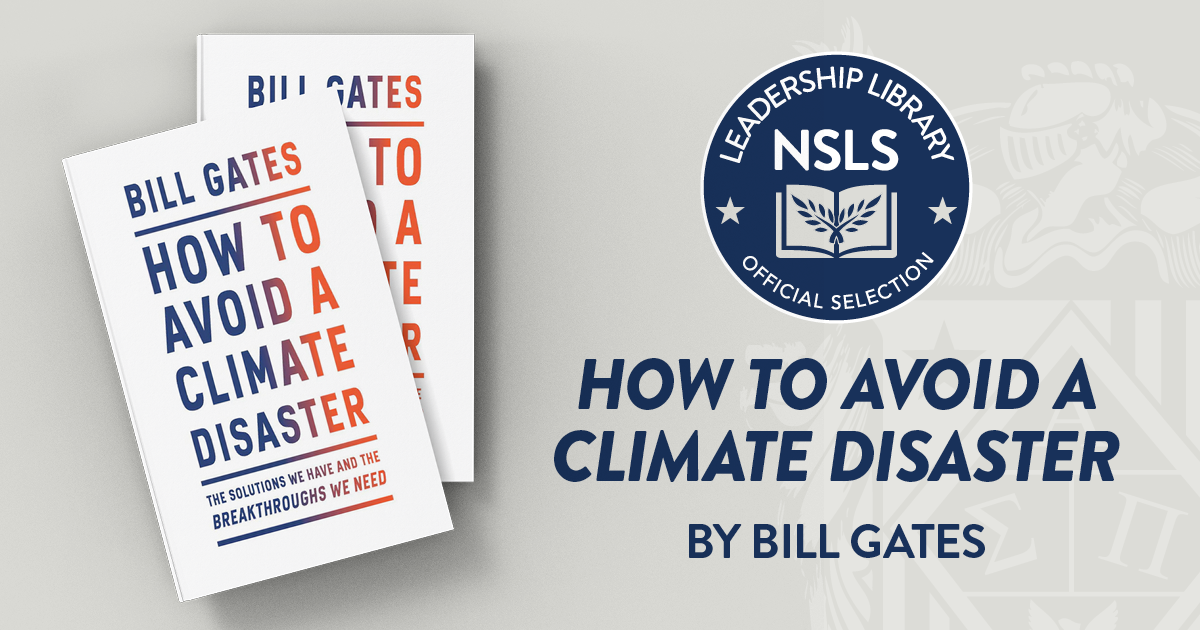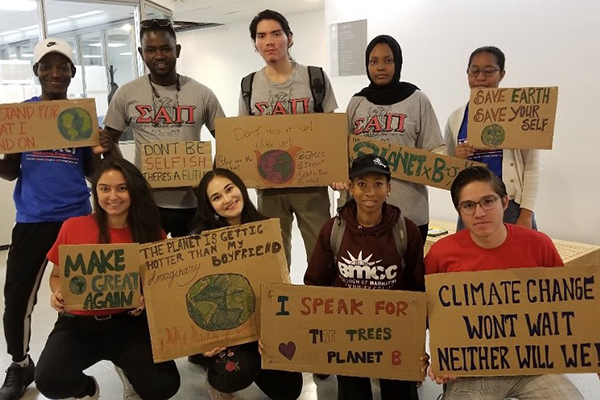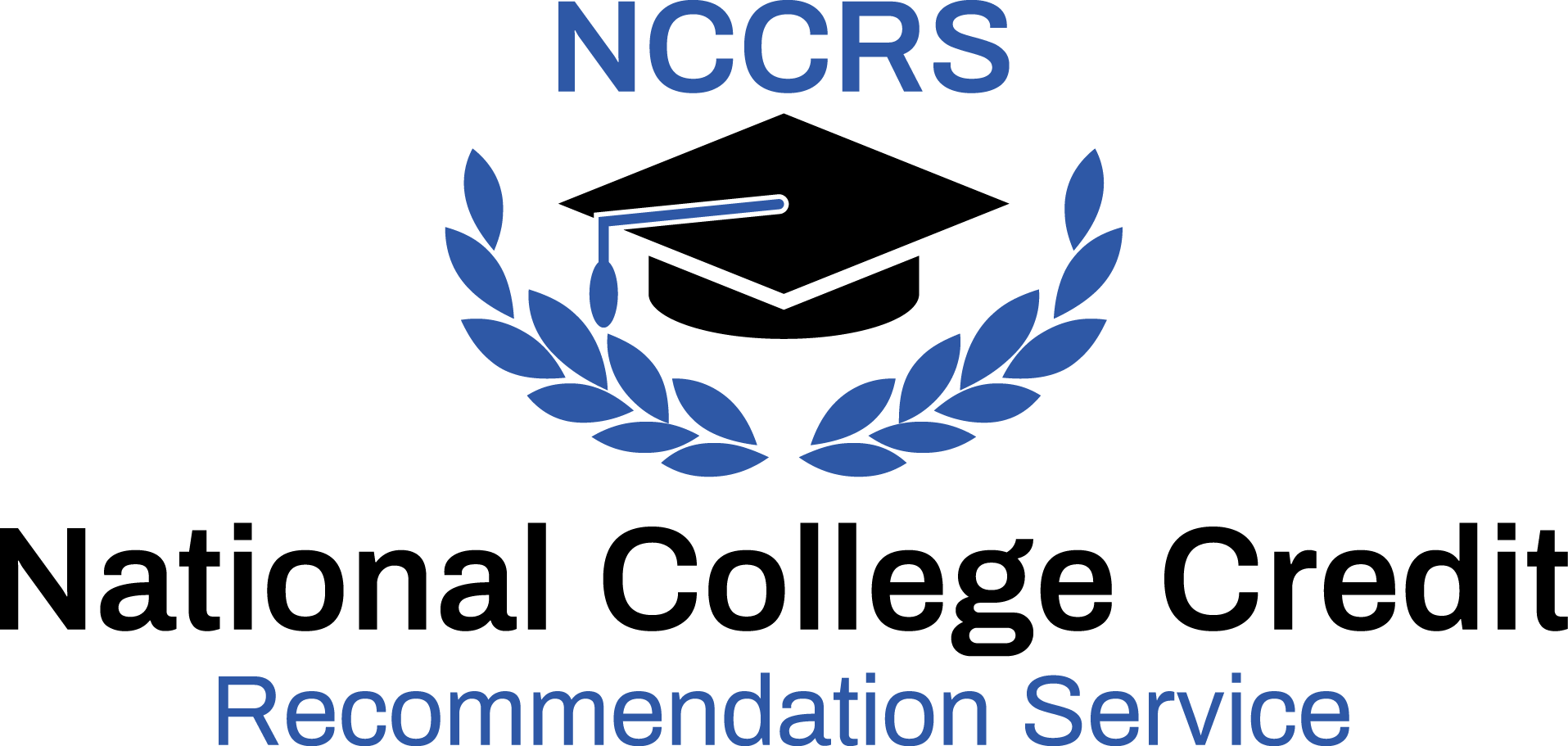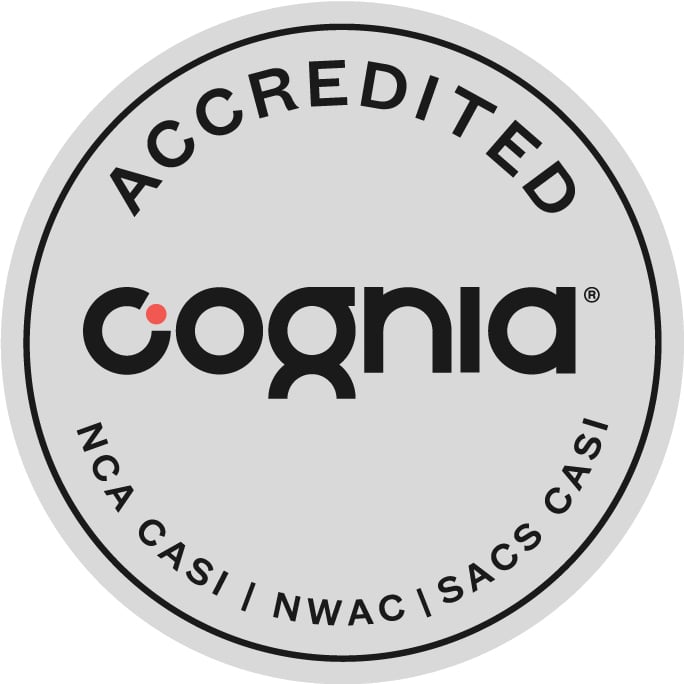The effects of climate change are already being seen and felt across the globe. Thankfully, some initial steps to curb it have already been implemented, but what do we really need to avoid a full-blown climate catastrophe?
In our latest Leadership Library selection, How to Avoid a Climate Disaster: The Solutions We Have and the Breakthroughs We Need, Microsoft co-founder, philanthropist, and Speaker Broadcast guest Bill Gates explores that question while setting an ambitious goal to reach zero emissions by 2050.
“The earth is warming; it’s warming because of human activity, and the impact is bad and will get much worse. We have every reason to believe that at some point the impact will be catastrophic,” he writes.
“Will that point come in 30 years? 50 years? We don’t know precisely. But given how hard the problem will be to solve, even if the worst case is 50 years away, we need to act now.”
His take on climate change focuses on solutions instead of doom and gloom.
Use Code: LIBRARY to save 10% on How to Avoid a Climate Disaster from our shop!
The Goal of Zero Emissions by 2050
To reach zero emissions by 2050, Gates believes society must fundamentally change in certain areas while making breakthroughs in others. This includes how we power our transportation and homes, create electricity, build our cities, and even grow our food.
Each of these areas offer unique challenges but with enough attention, investment, technological improvements, and government buy-in, these challenges can be overcome within the next three decades.
Gates also highlights the effects global warming is having on developing nations that have just entered industrialization. “The climate is changing in ways that will be problematic for relatively well-off farmers in America and Europe, but potentially deadly for low-income ones in Africa and Asia,” he writes.
The problem here is that these nations are utilizing the same technologies that countries before them have, many of which pose huge risks to the environment. Gates makes it clear that these countries are already experiencing abrupt environmental change and must be supported to continue to develop economically while putting sustainability at the forefront.
“We can’t expect poor people to stay poor because rich countries emitted too many greenhouse gases,” Gates writes. “Instead, we need to make it possible for low-income people to climb the ladder without making climate change worse.”
How to Avoid a Climate Disaster: Key Takeaways
In this book, you’ll learn:
- Why it’s vital we end carbon emissions by 2050
- How the way we travel, build, farm, and live needs to change
- The challenges we will face on the road to zero emissions
- The importance government leadership plays in climate change
- How developing nations are more at-risk
Get your copy of How to Avoid a Climate Crisis by Bill Gates here.










